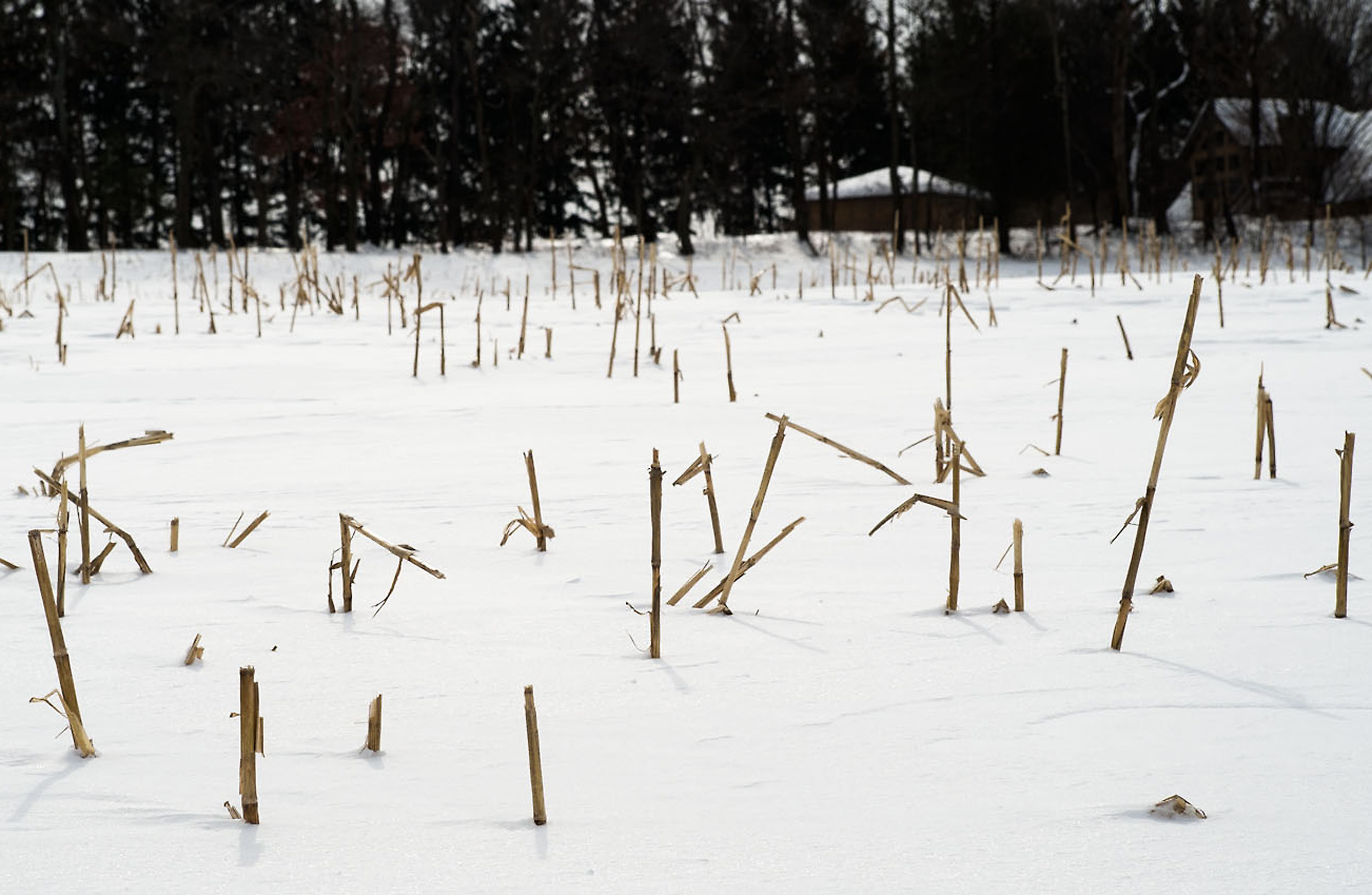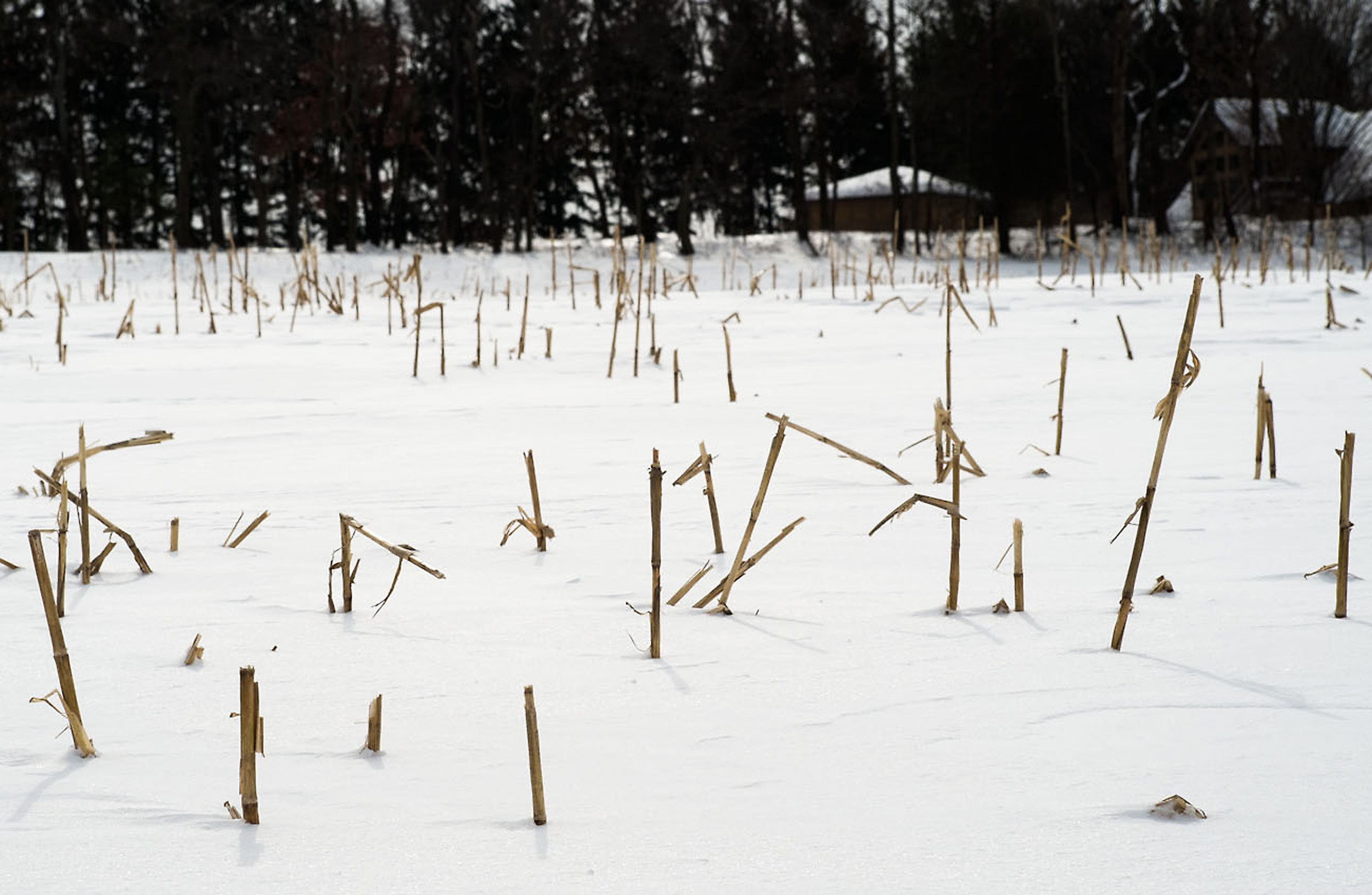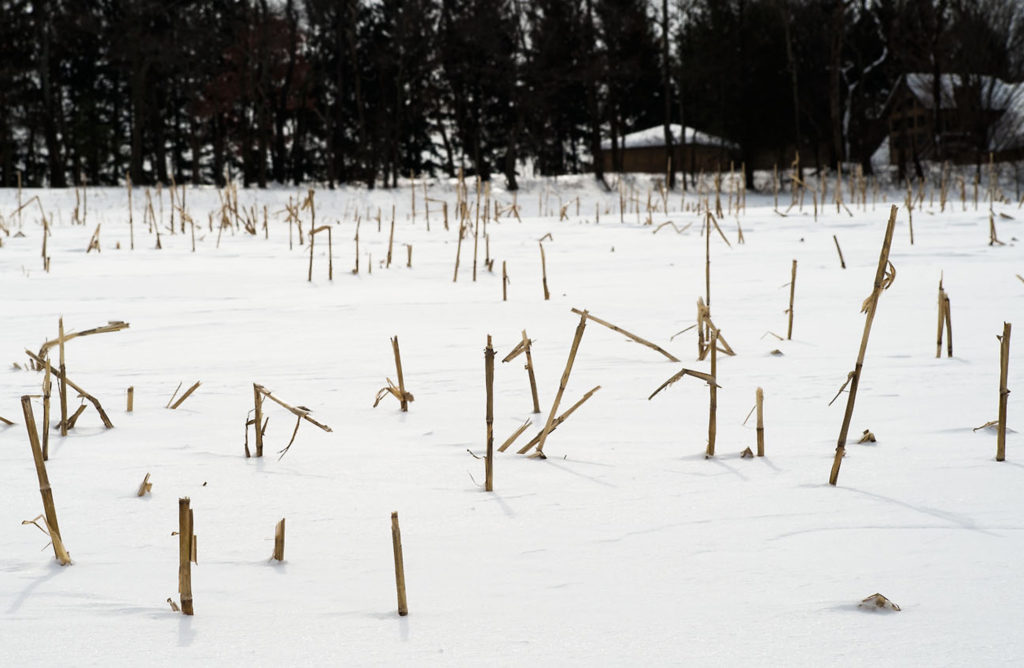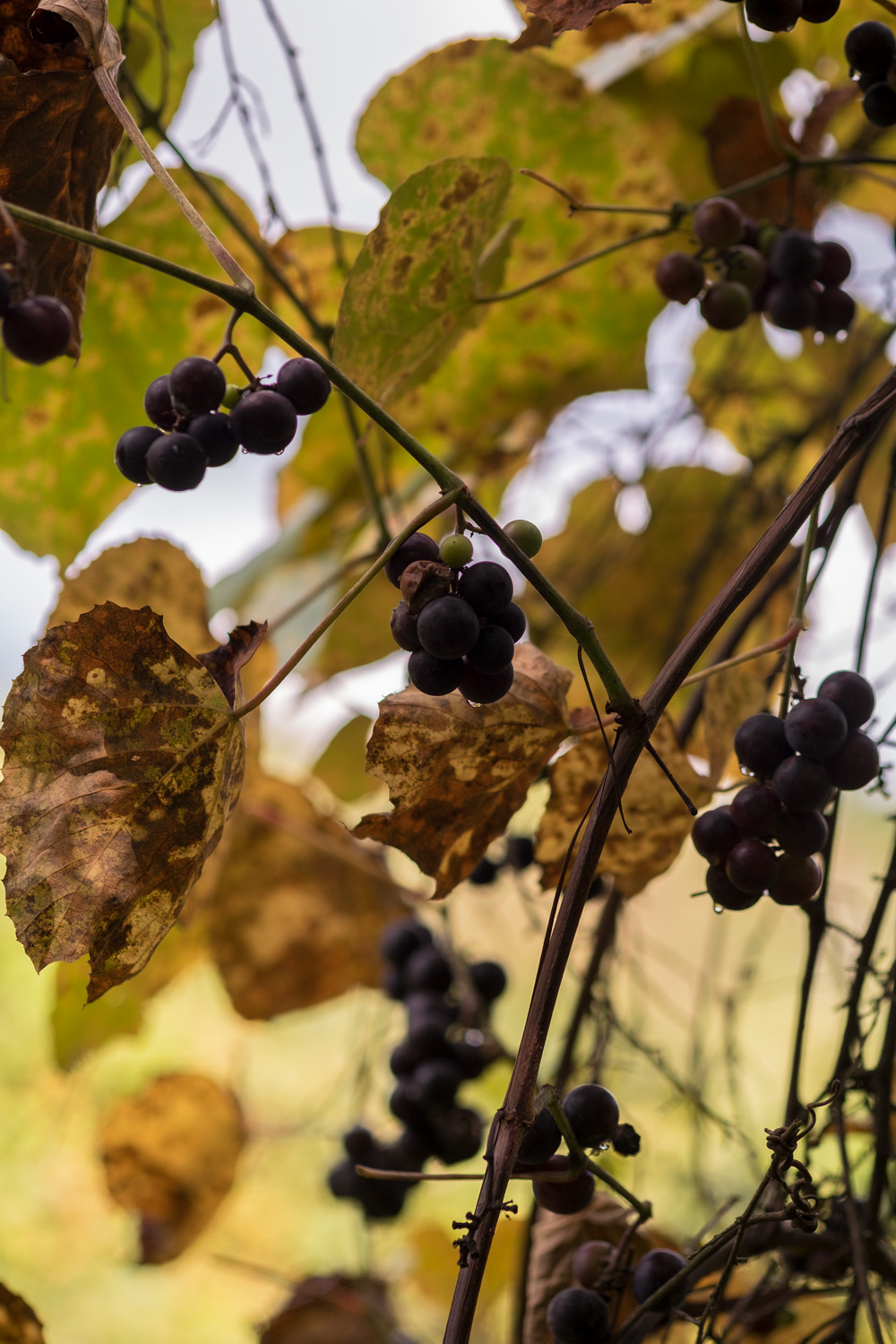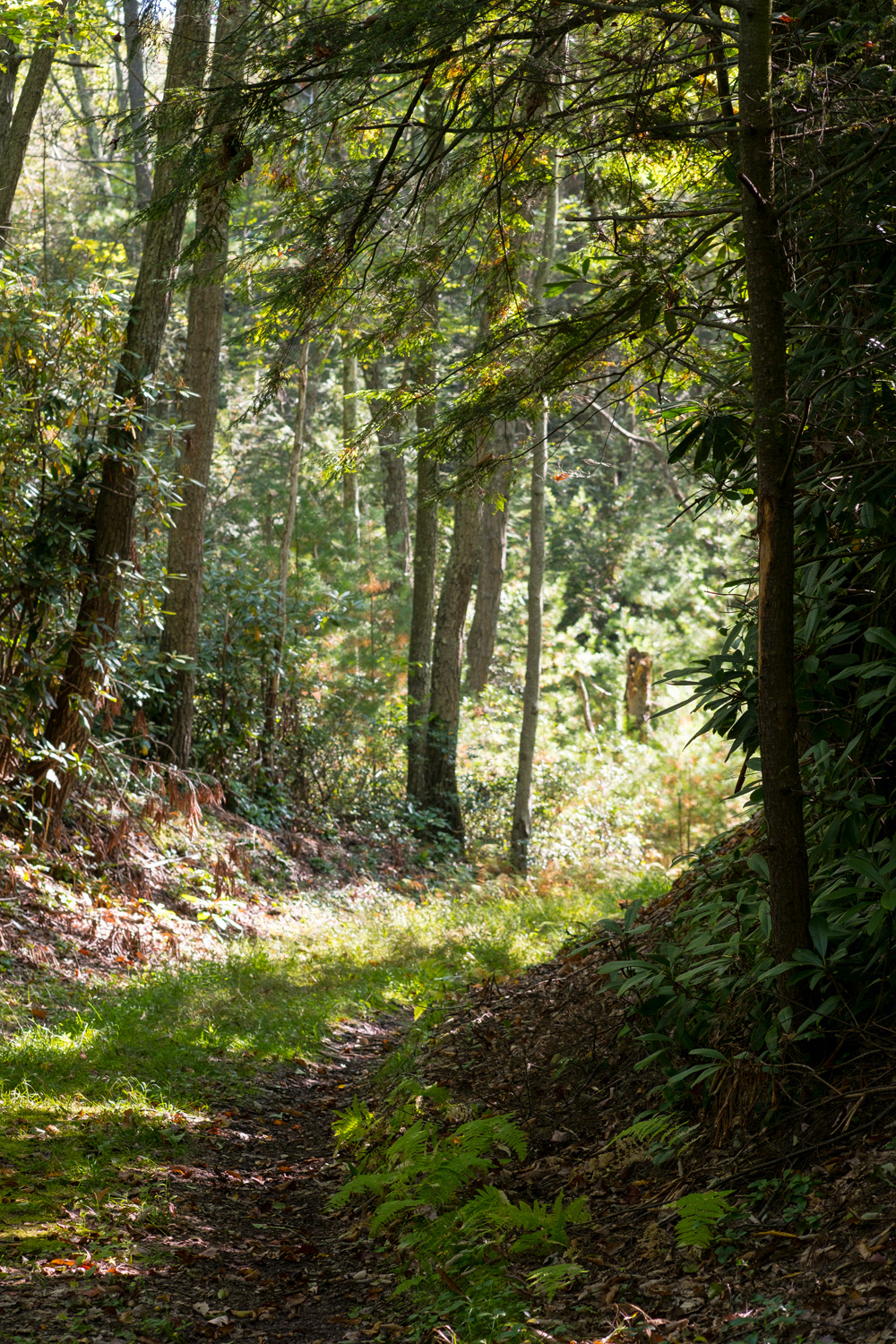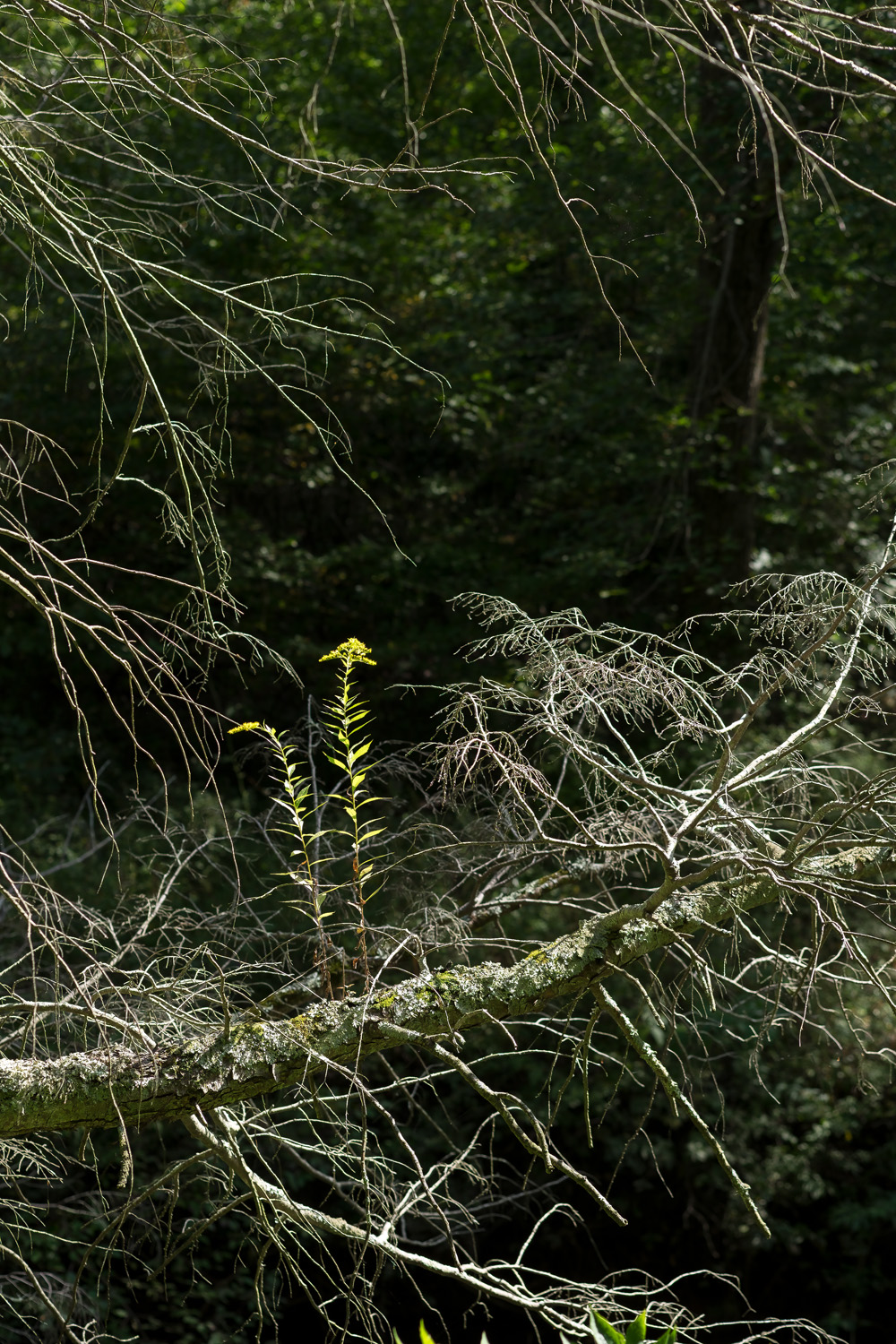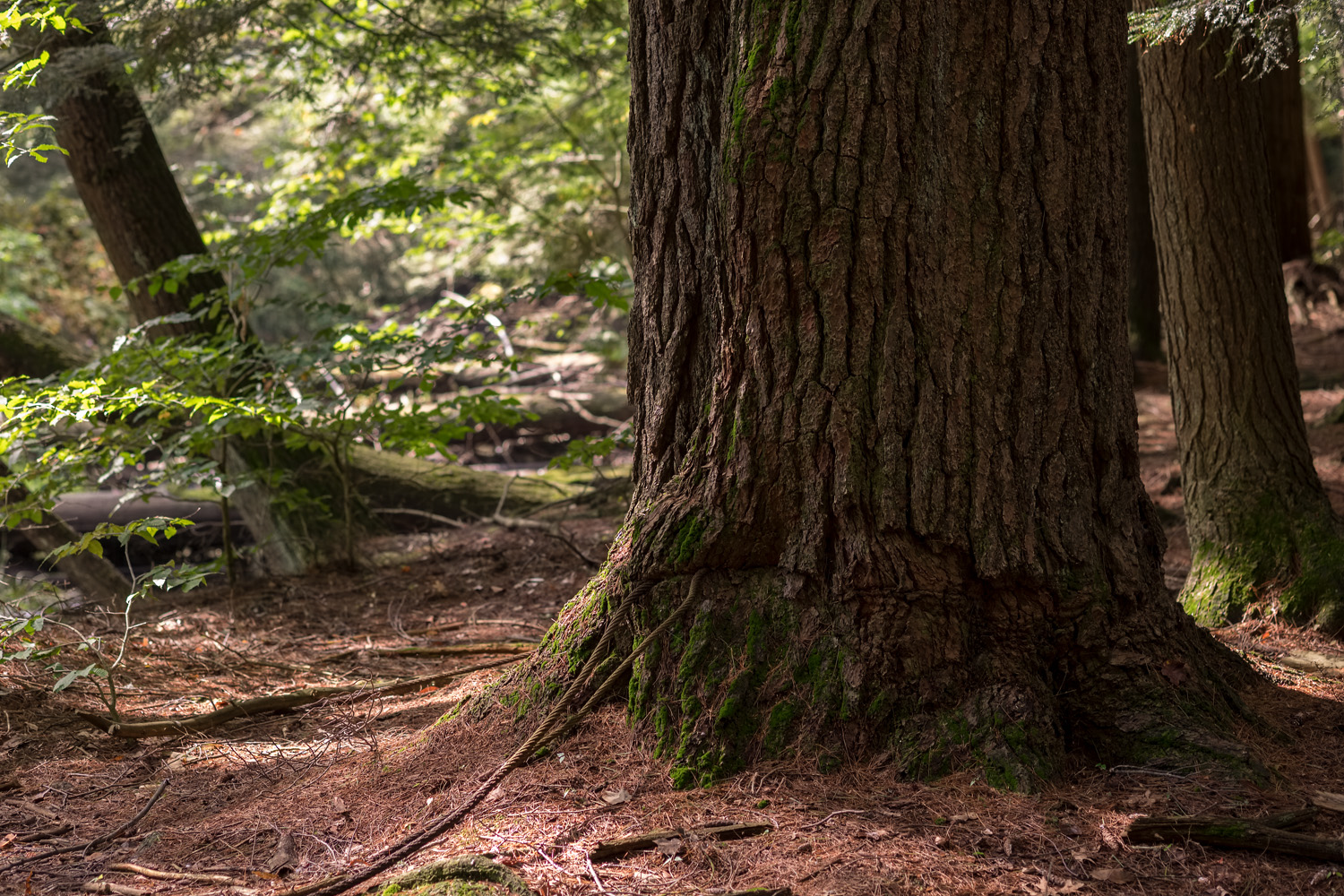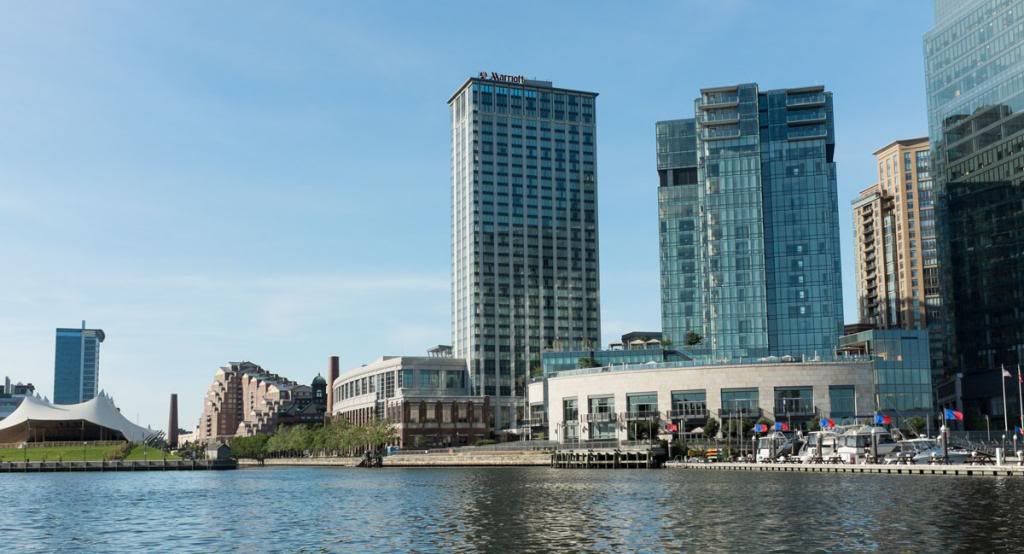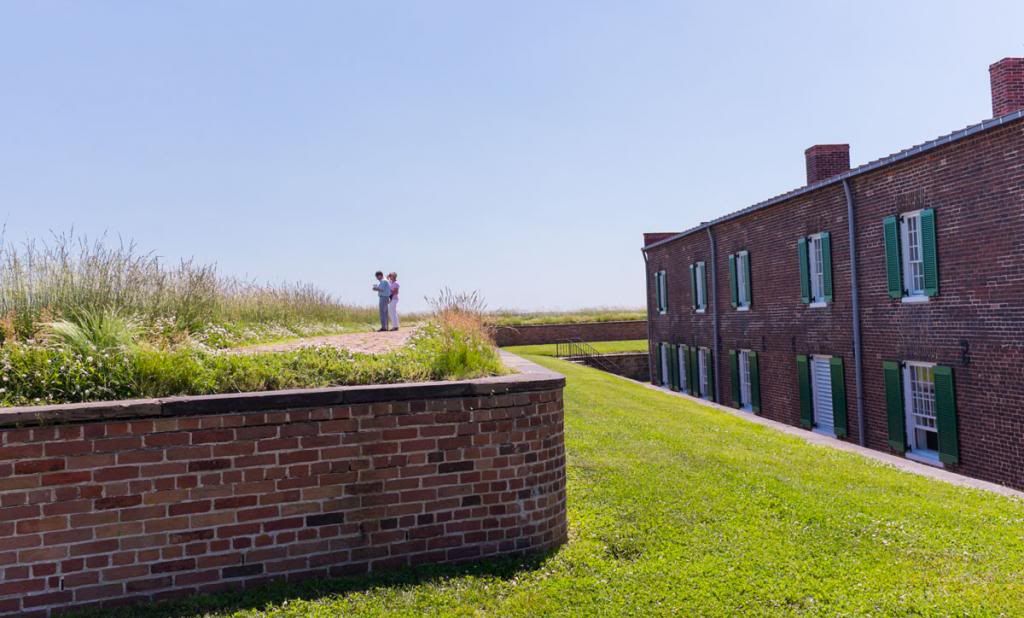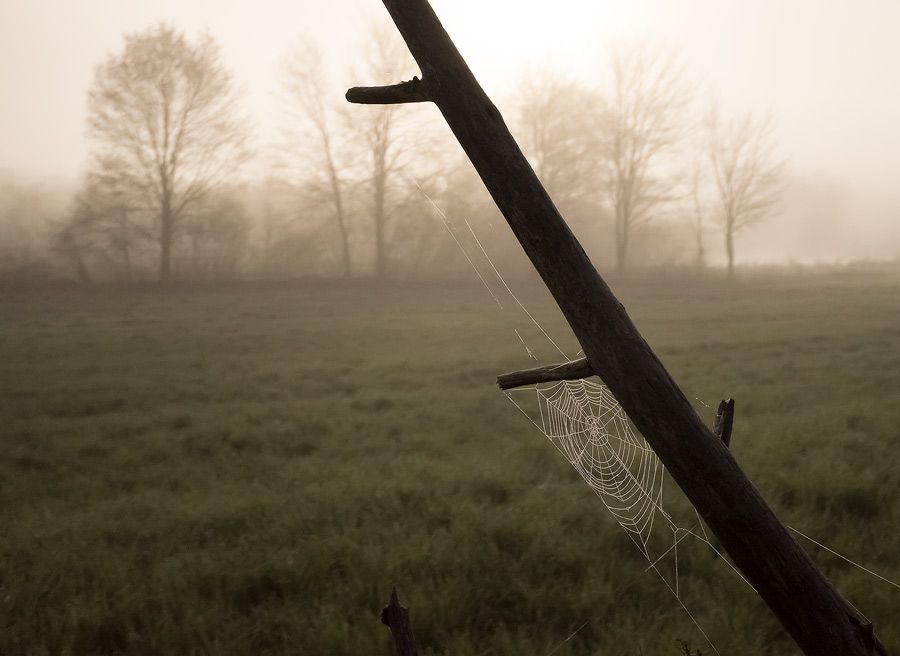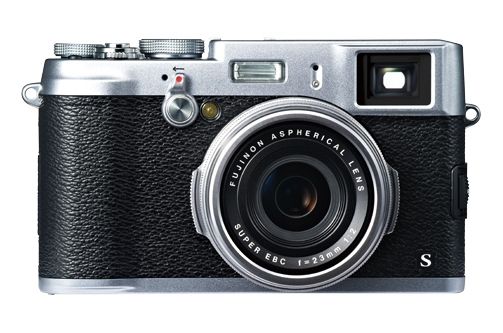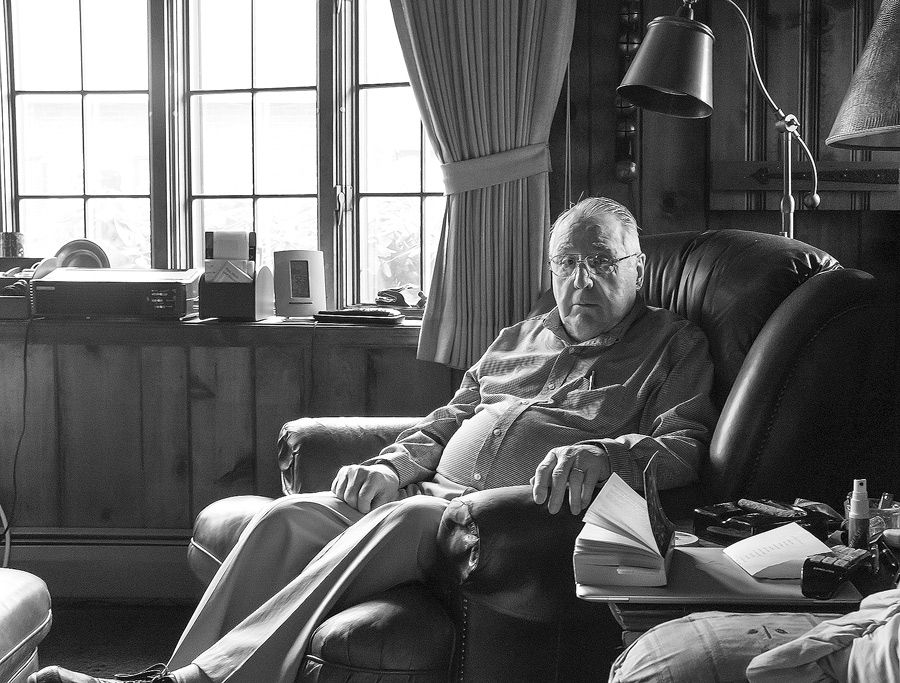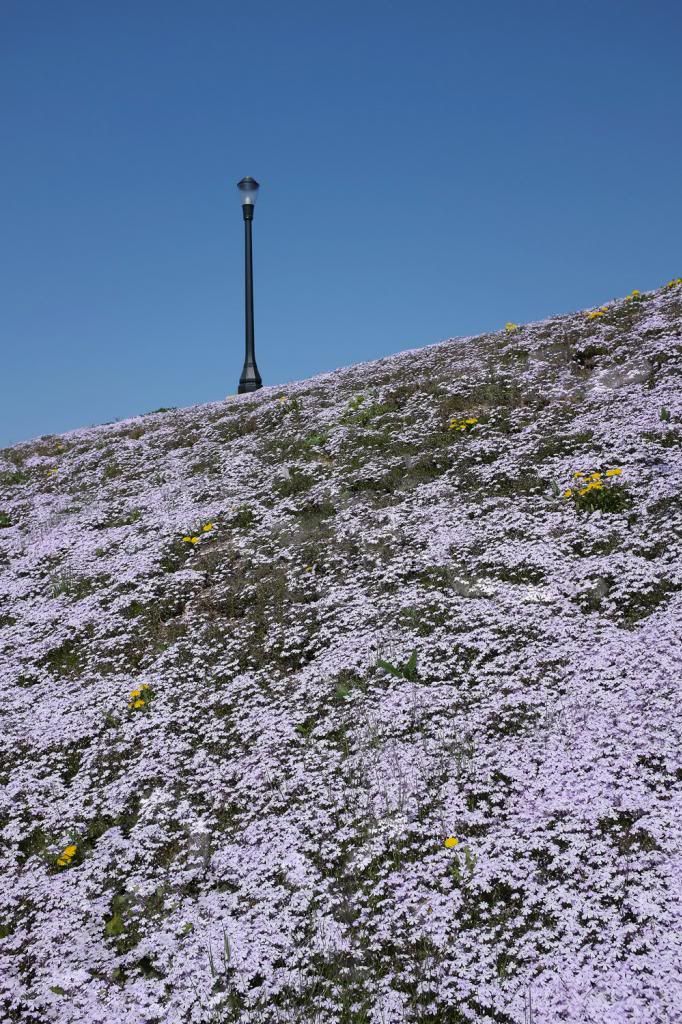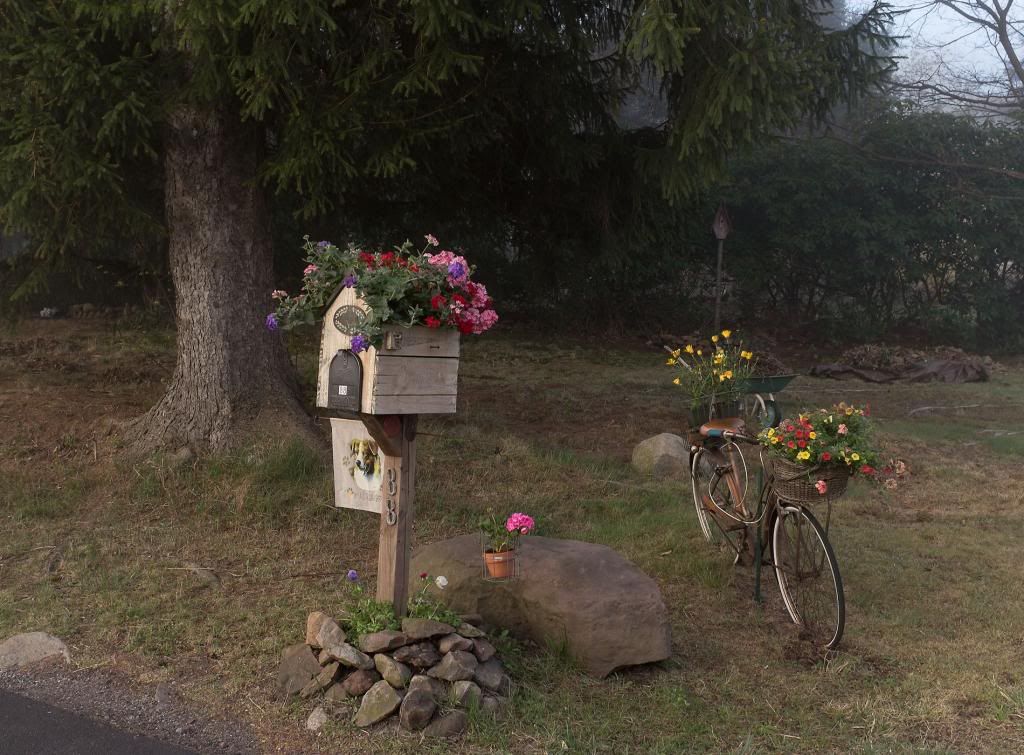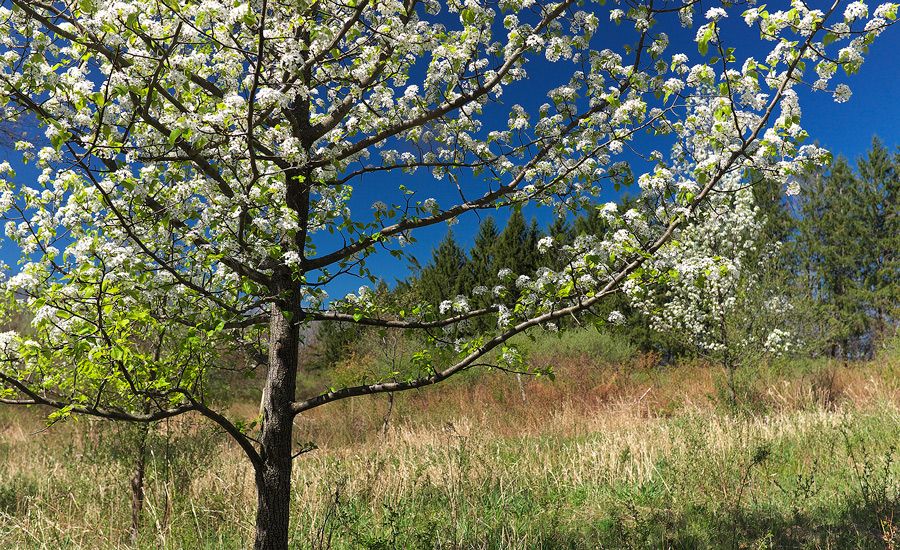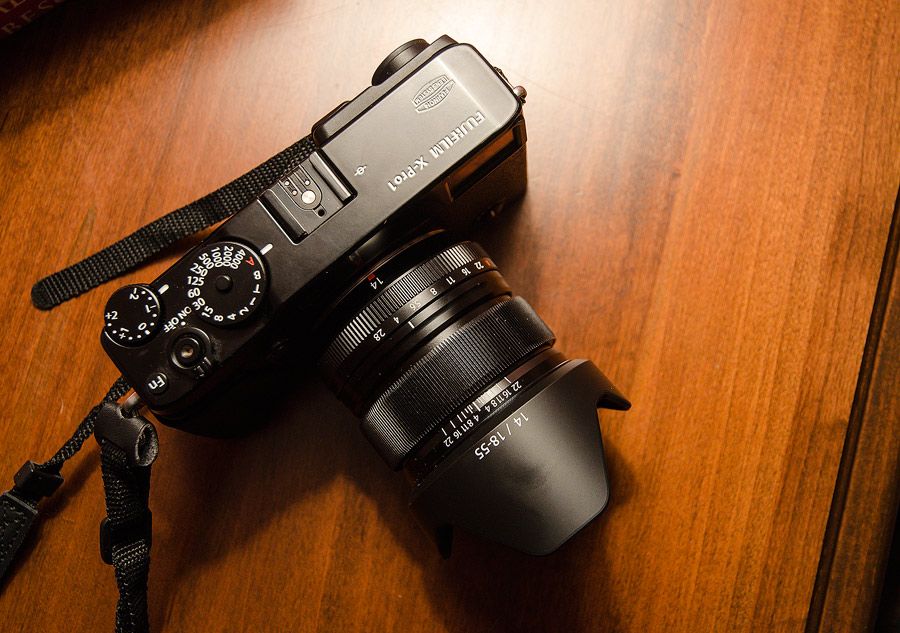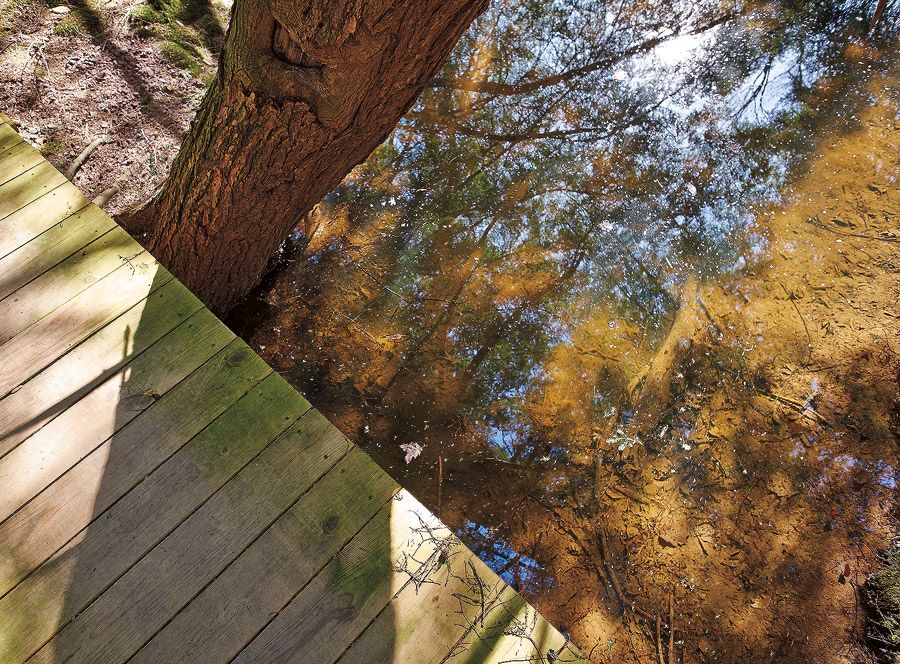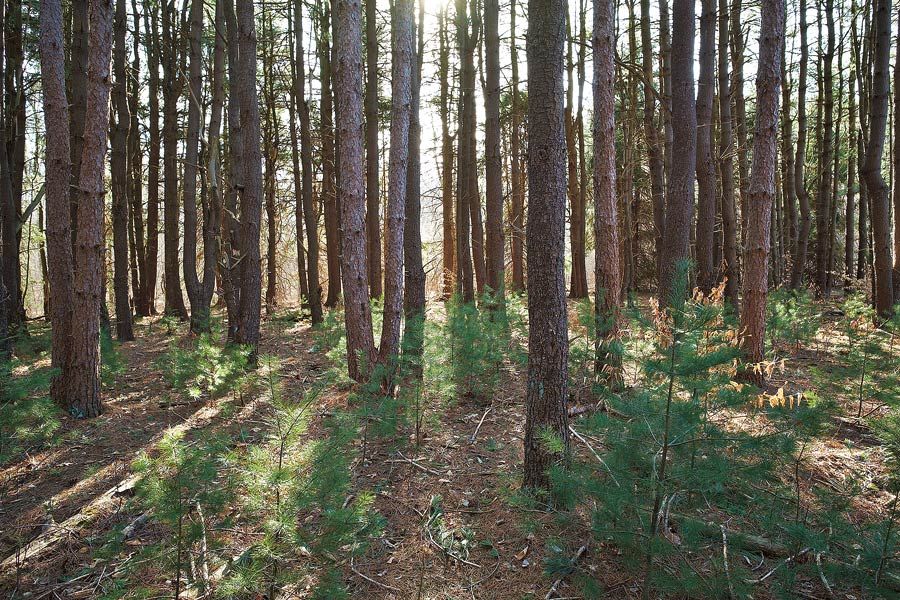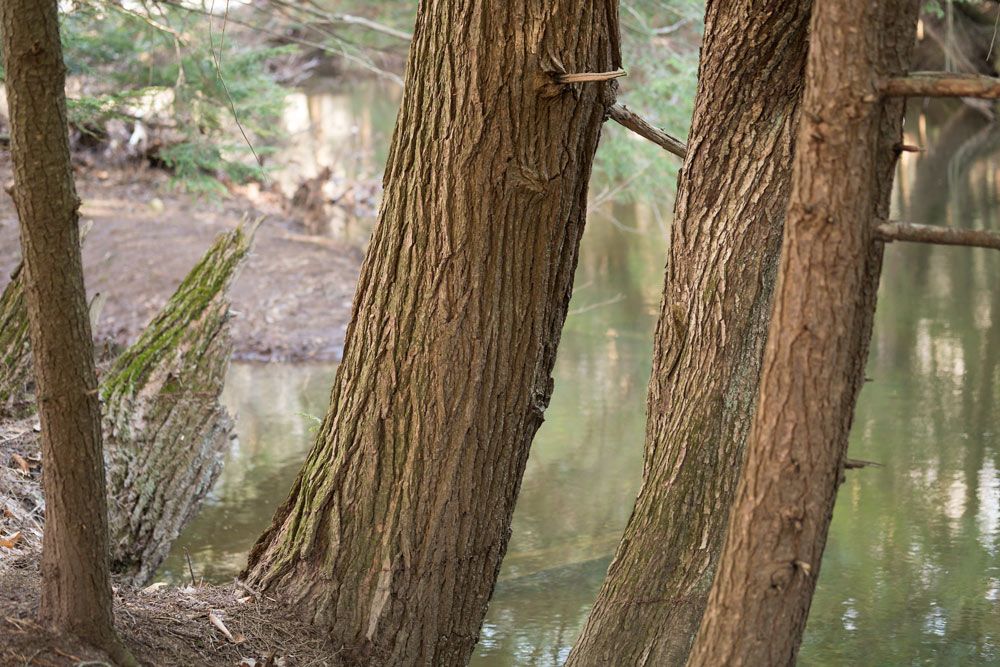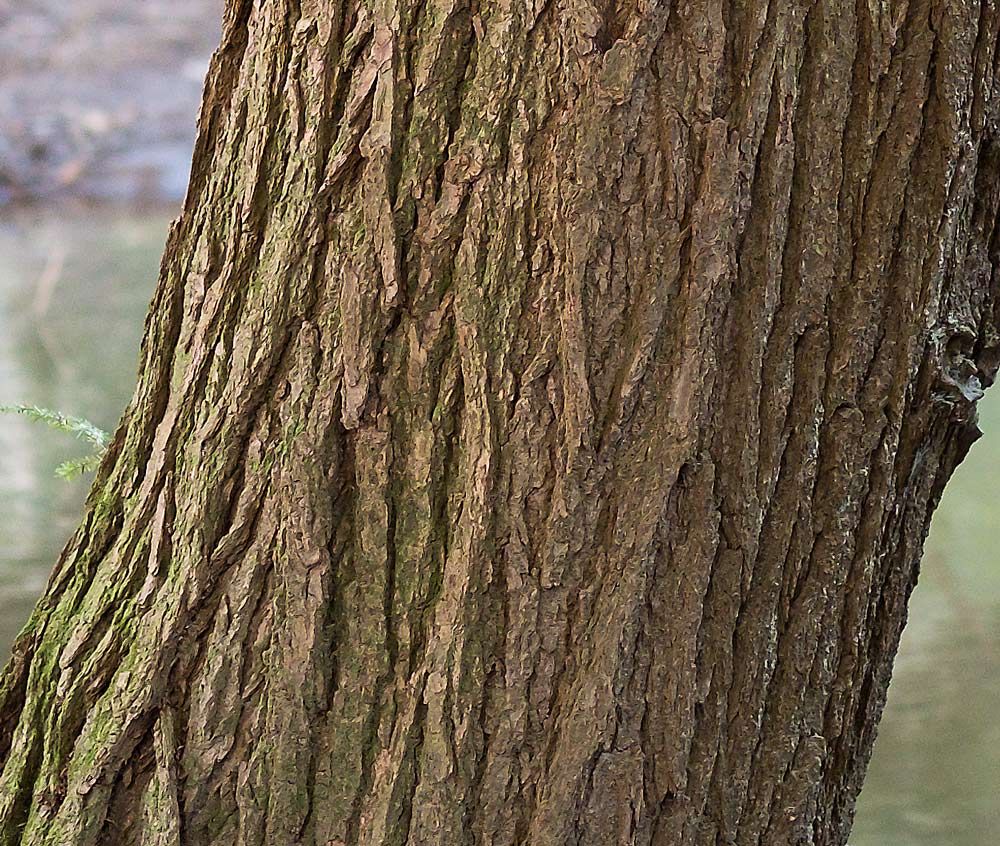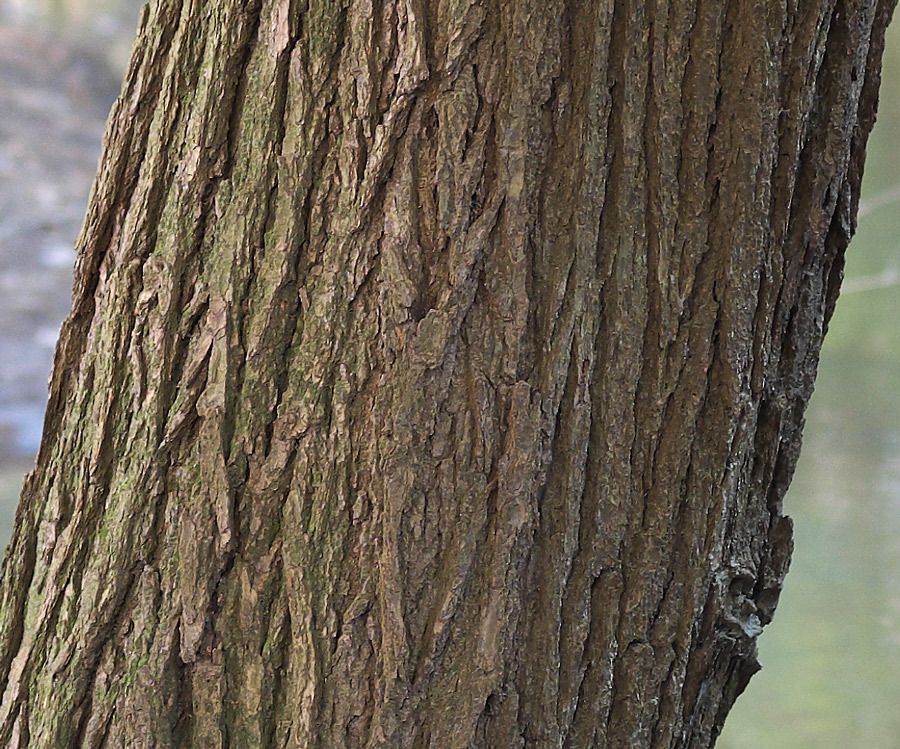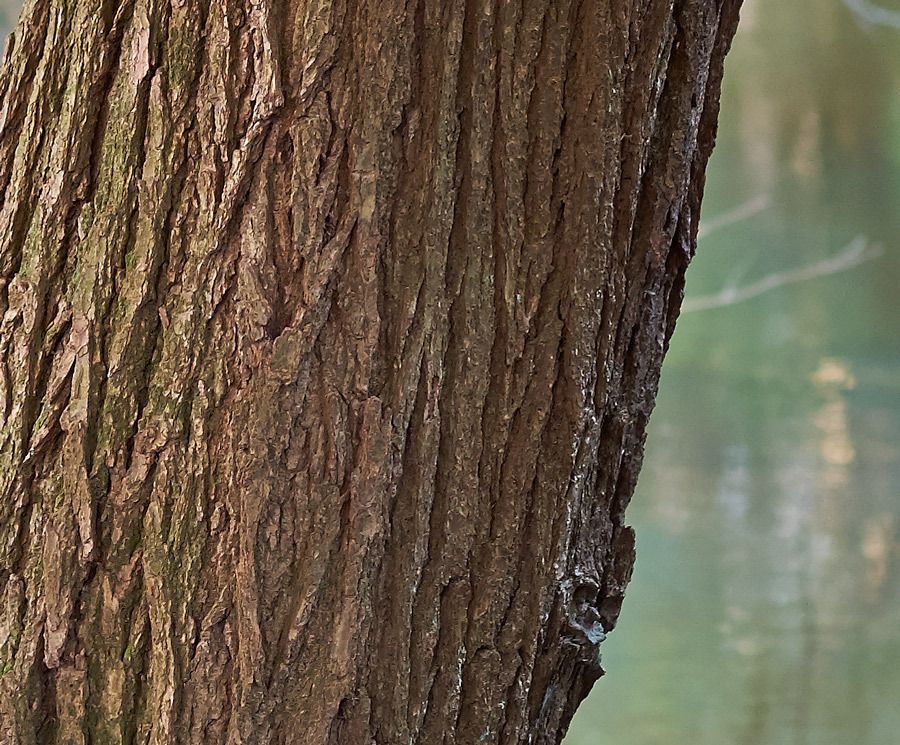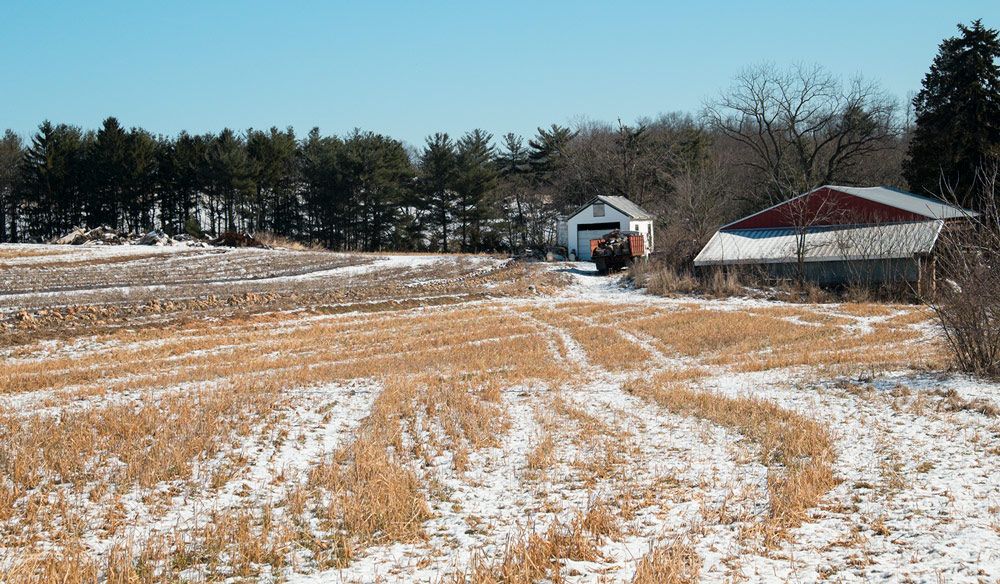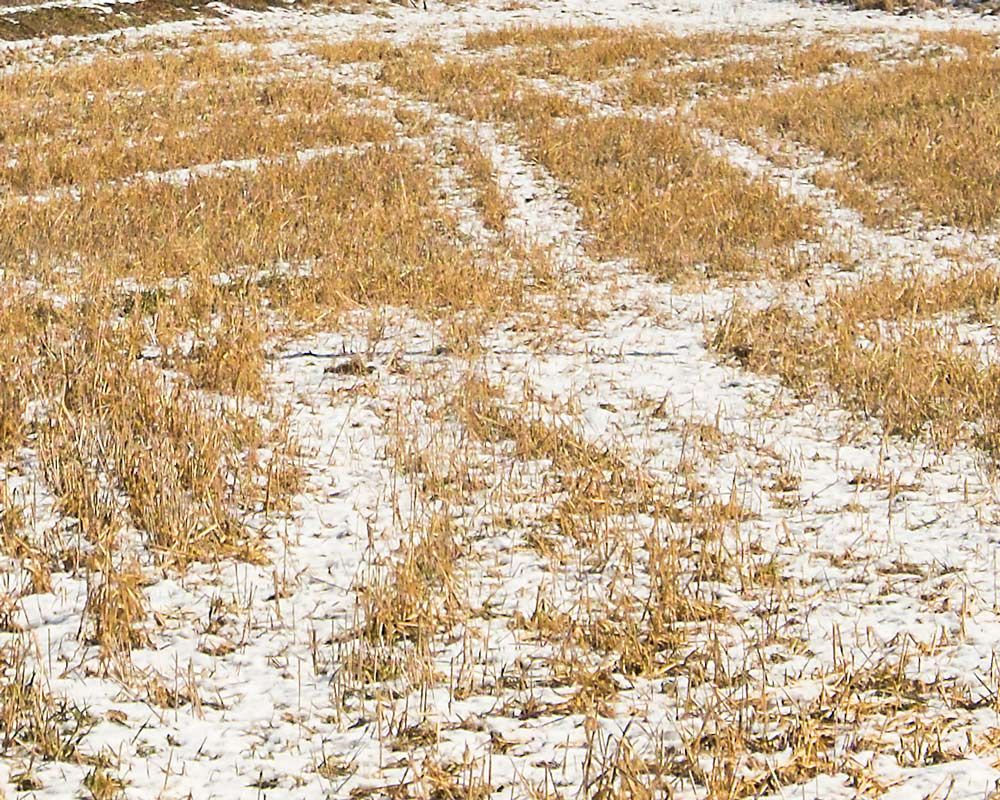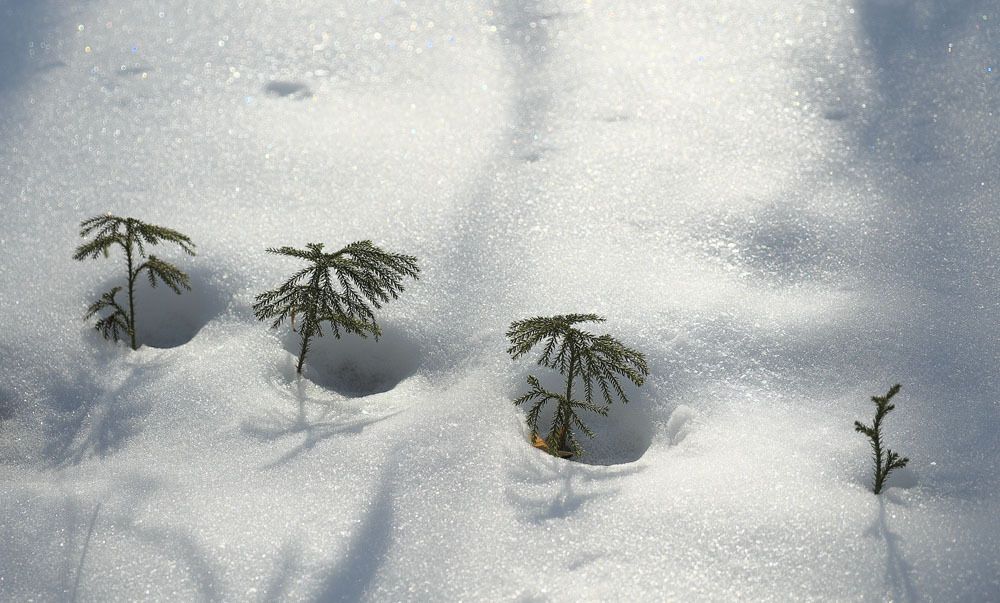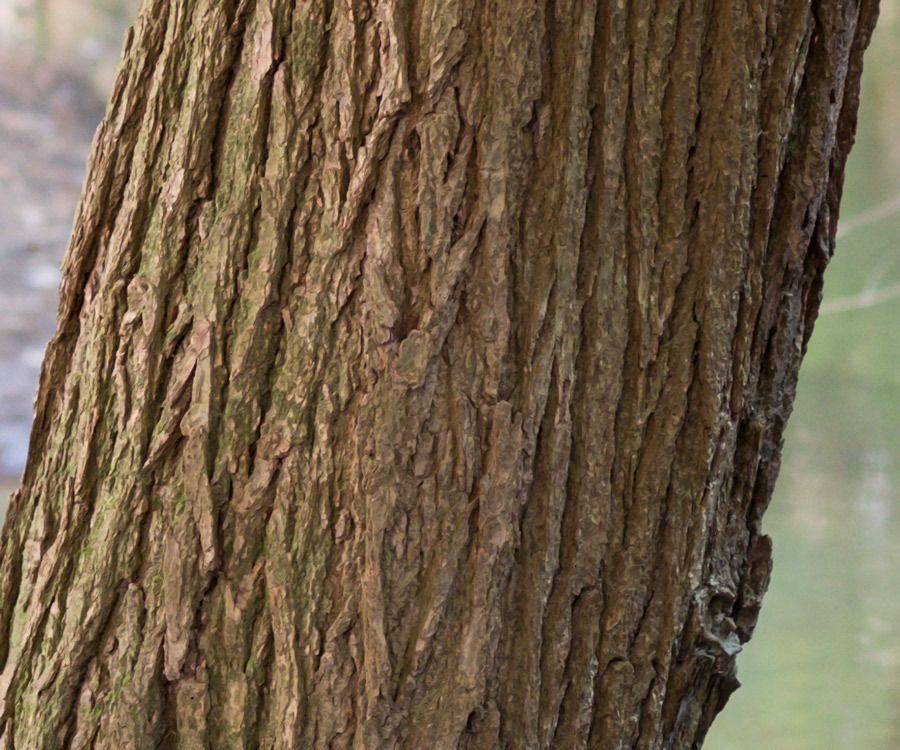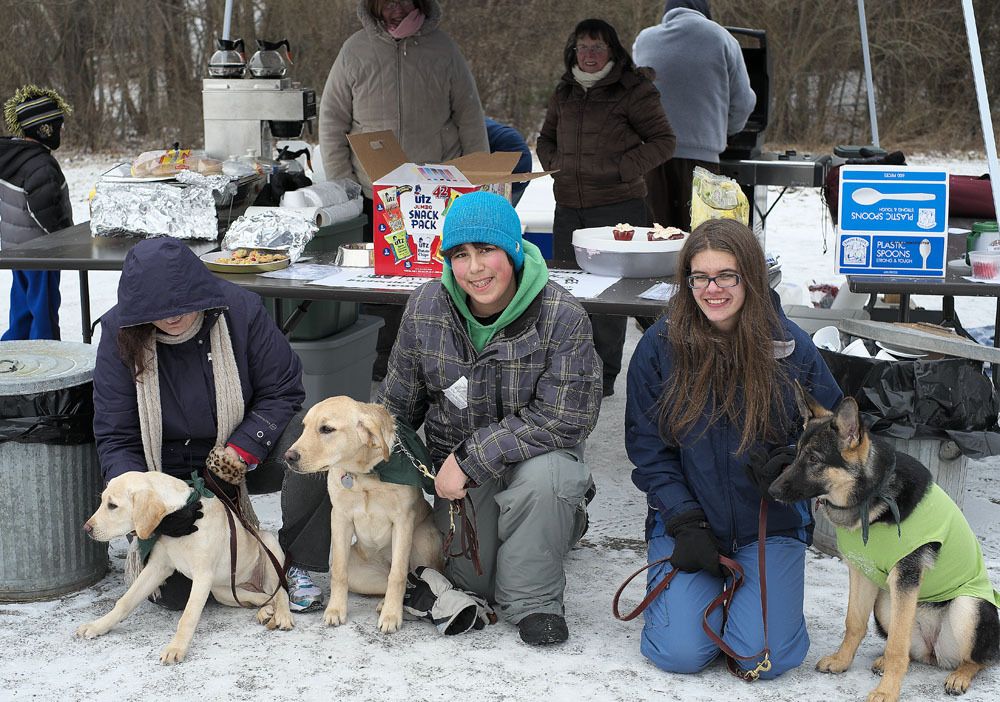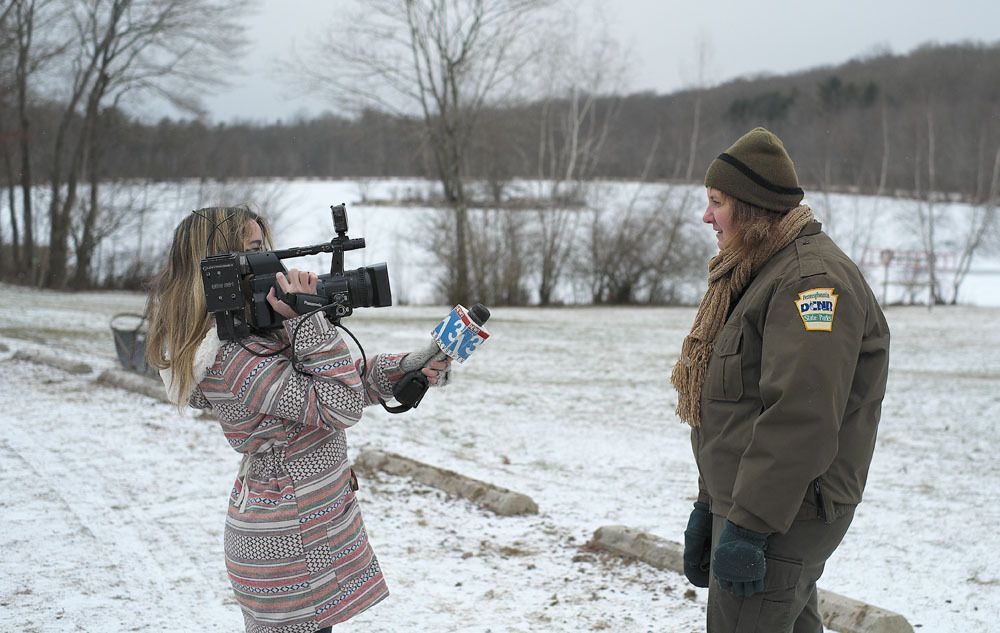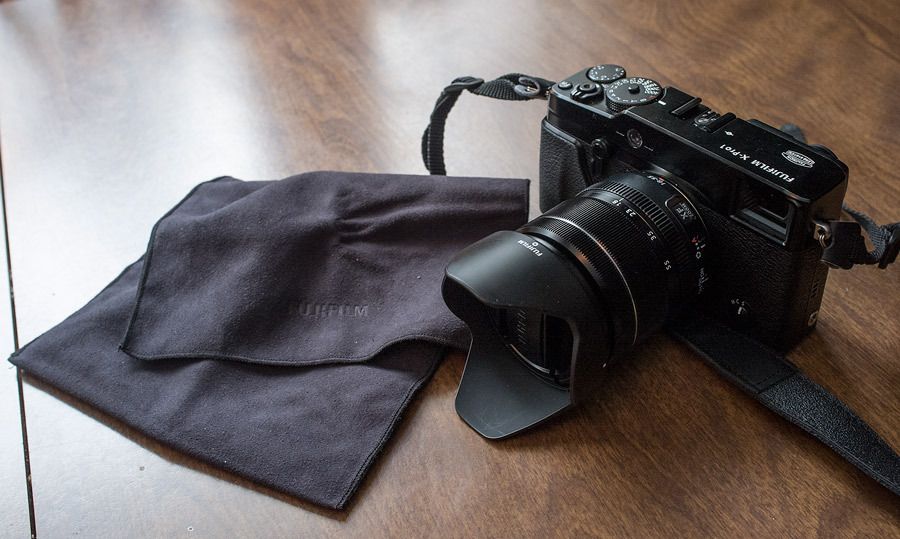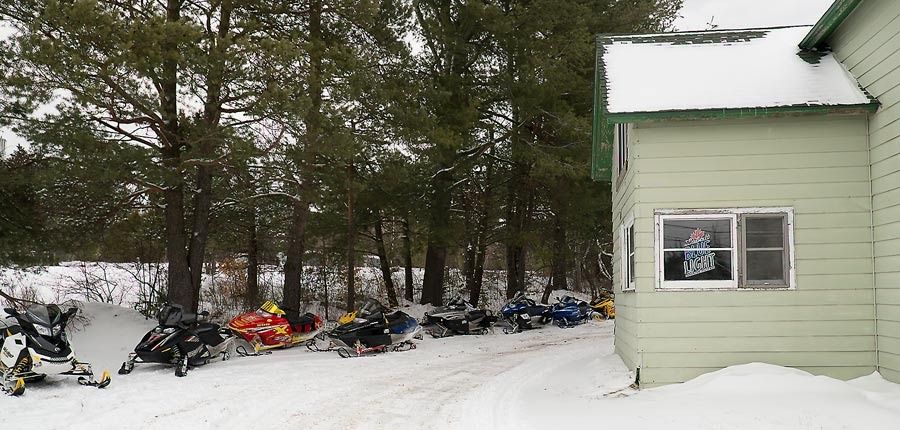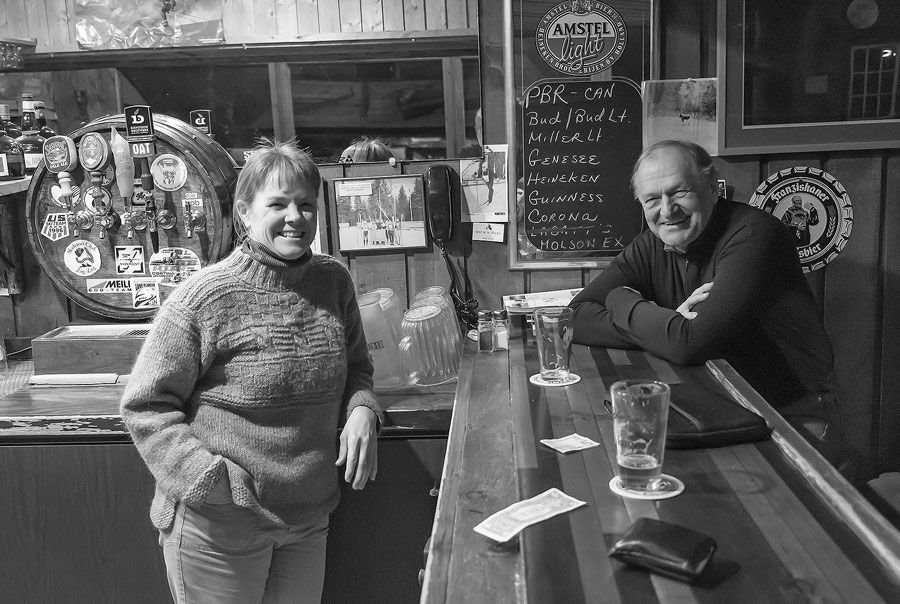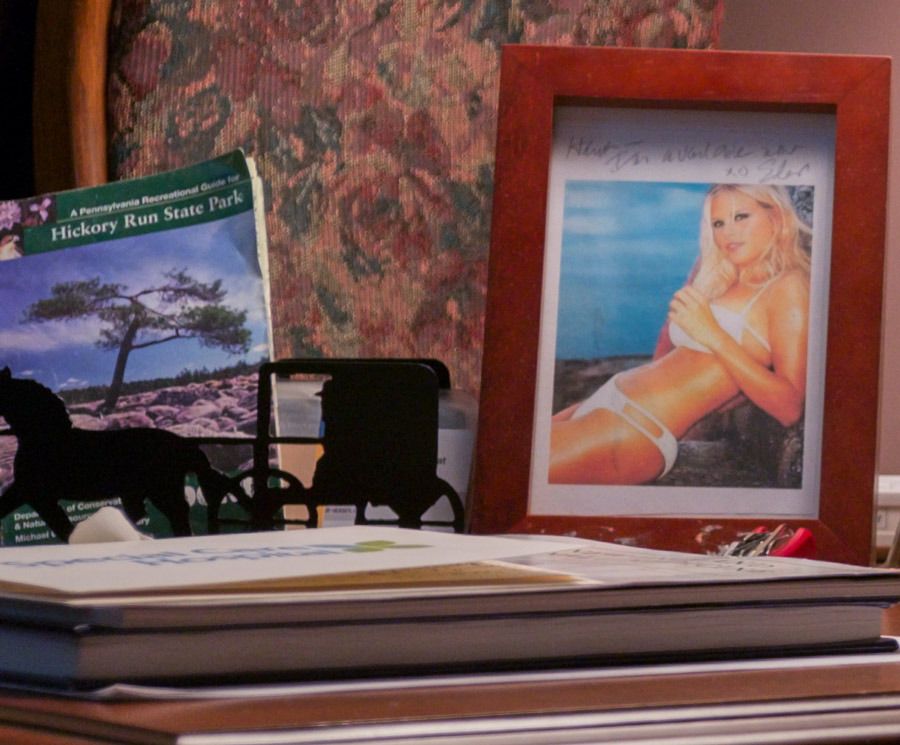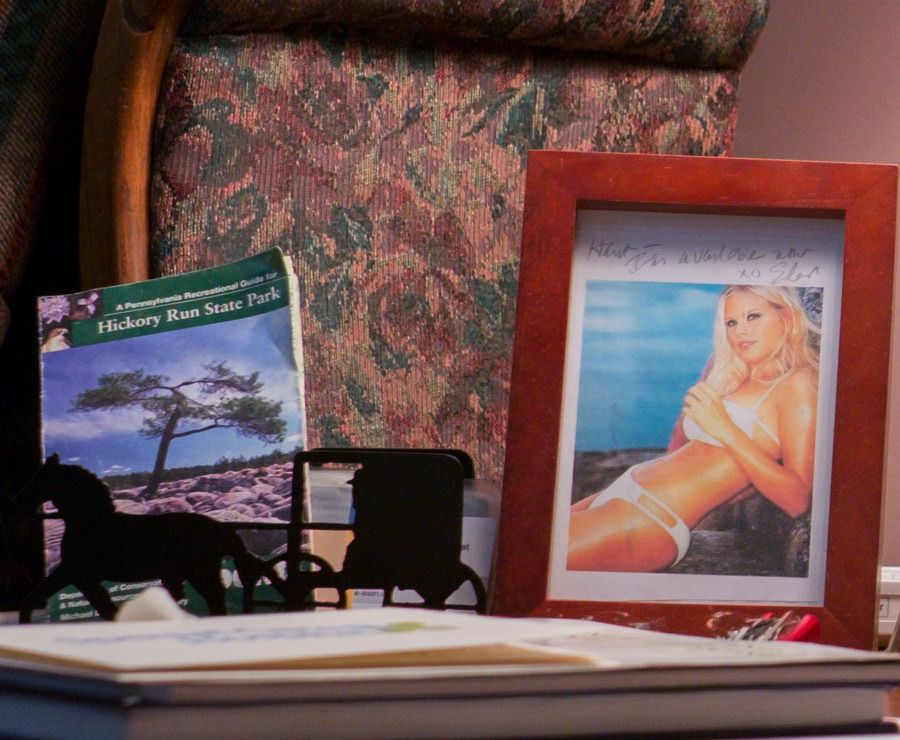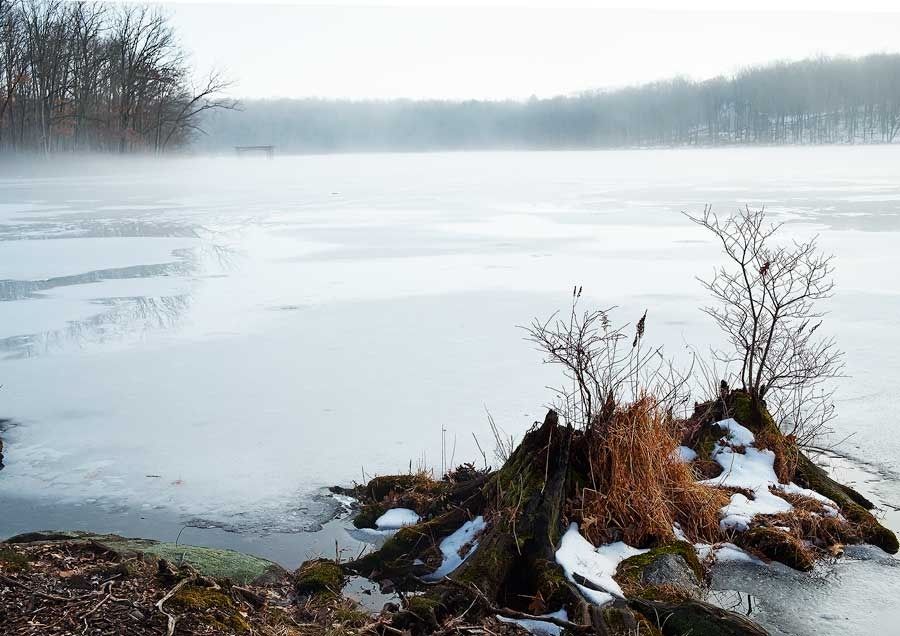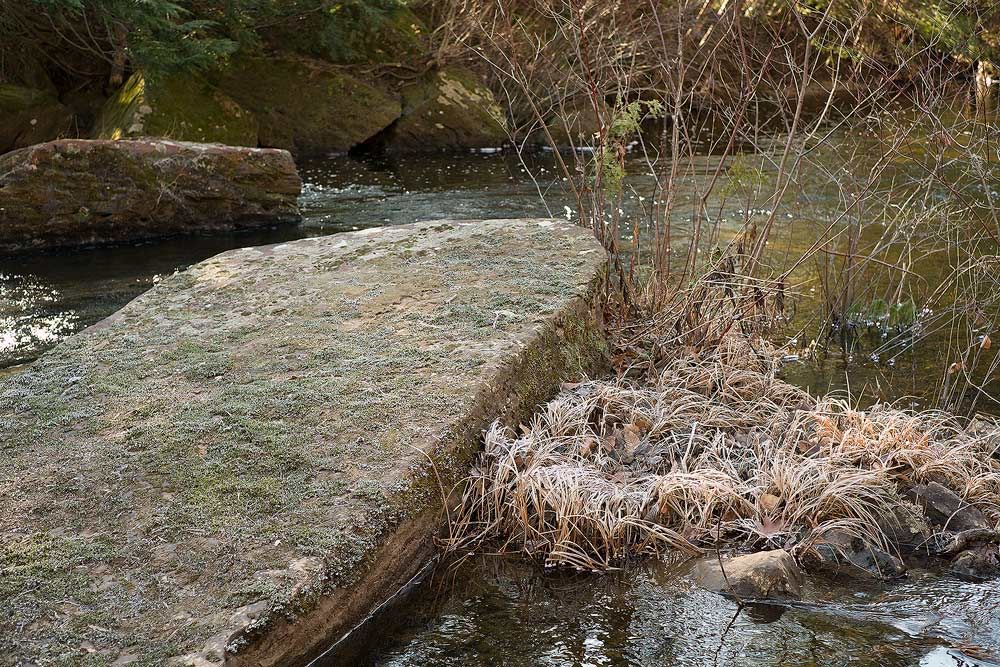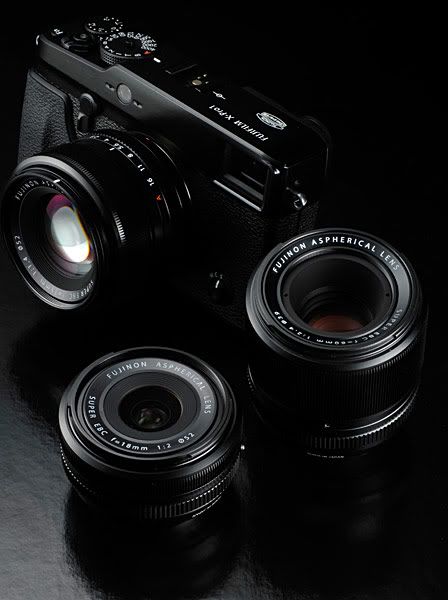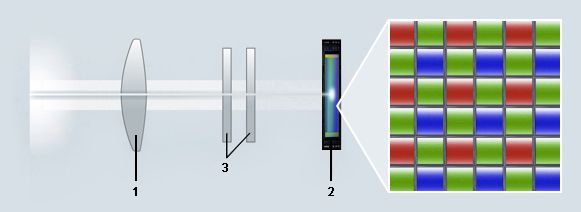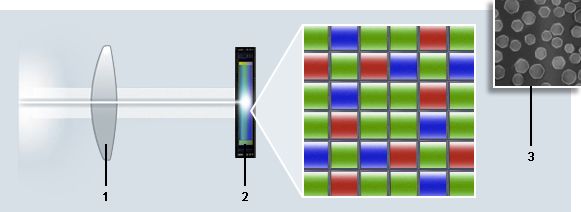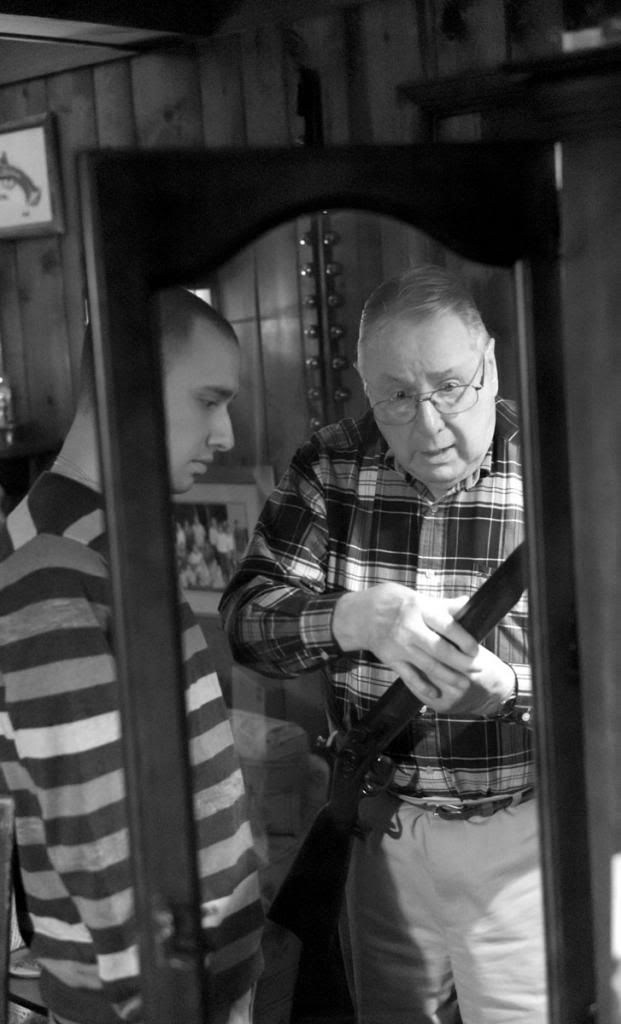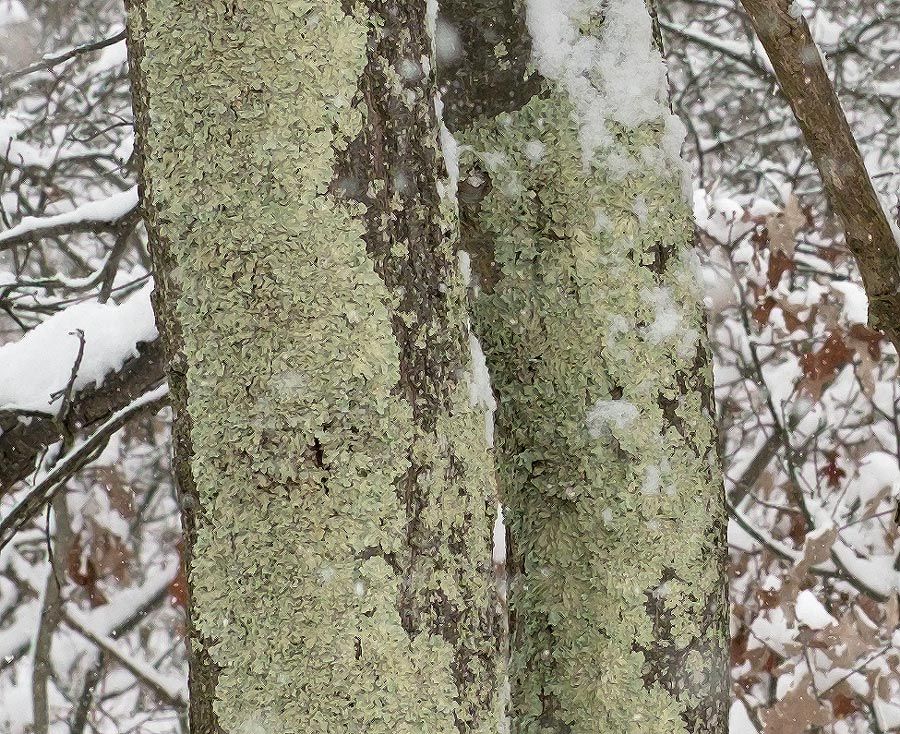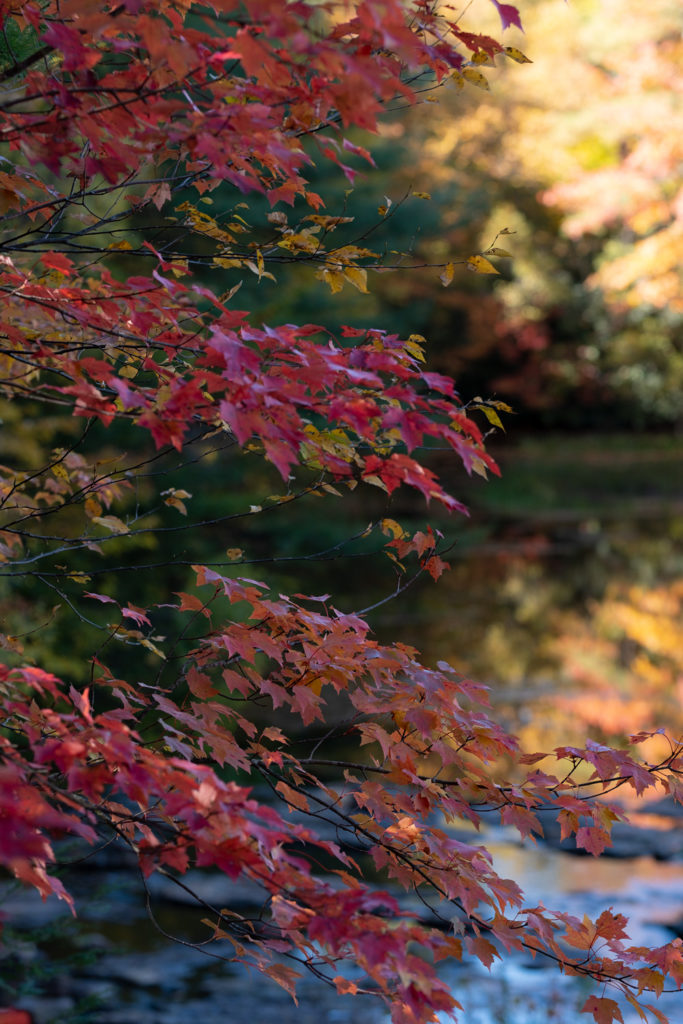
I love buying new camera gear. It is a wonderful pleasure to unbox an instrument that will help to facilitate new opportunities in photography. Increasingly, however, it is difficult to improve upon current levels of technology, which even in modestly priced camera equipment, allows users to capture beautiful imagery in a wide range of settings.
Fujifilm recently teased the imminent release of the X Pro 3, the third version of their now-iconic range finder style camera. As I have owned and used both of the previous X Pro versions, I was eager to see what improvements Fujifilm might have in store to tempt me into the newest product. The details that have been released, leave me and with more questions than answers.

We know some details about the camera. We know that rather than a body made from magnesium, the X Pro 3’s structure is fashioned from titanium, which is stronger, lighter, and more damage-resistant than previous bodies.
There are several new finishes available on the camera which also enhance the resistance to scratches and scuffs.
There is, as almost always with a new release, an improvement to the hybrid viewfinder which is been a signature feature of this line. Apparently, the electronic viewfinder has a higher resolution, likely a faster refresh rate, and more sophisticated color reproduction.
It appears that the four-way controller on the X Pro 2 has been eliminated, as Fujifilm has done with several earlier releases. I find for instance, on my XE3, that the joystick is a perfectly reasonable substitute.
Most significantly, we have an unusual change to the rear LCD. There are actually two rear LCDs now. The one on the back of the camera is a compact LCD similar to those seen on the top panel of the medium format cameras, as well as the XH 1. This is mainly to show things like camera settings up. It can also be set up to display what would have been in the past the end panel of a film box appropriate to the film simulation one has selected. This will certainly bring back memories to those of us who shot in the film era.
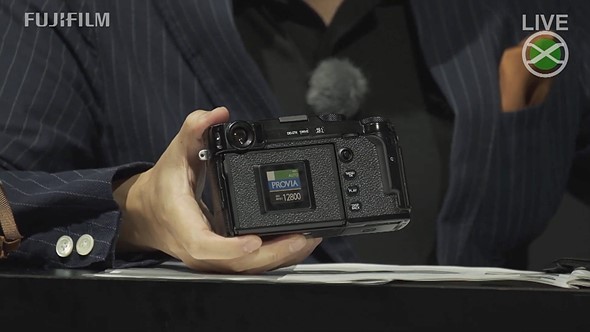
The actual view screen is hidden in normal use but can be accessed as a hinged panel which one folds down allowing for waist-level photography. It does not otherwise articulate, however.
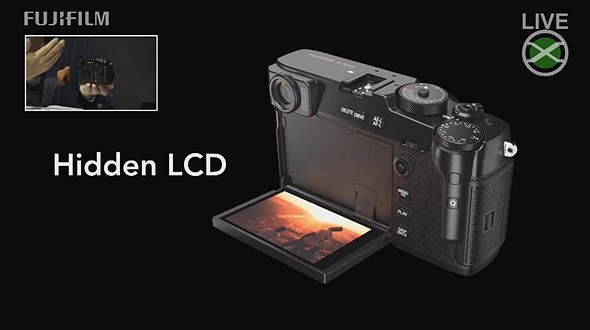
What up has not yet been revealed are details about things like Autofocus, video capability, and the sensor though the latter is presumed to be the 28-megapixel Trans X sensor found in the XT3. At least in that camera, the sensor was not a clear improvement over the previous 24-megapixel sensor, particularly in aspects such as high ISO capability for resolution.
Again were lacking a lot of detail here, but once again I find myself thinking that this upgraded model does not feel like a compelling purchase.
First off, I tend to use the X Pro cameras for weddings and other event photography. The current body has never felt particularly heavy or burdensome, in fact, it has a very solid well-built feel that perhaps would be lost if the titanium version weighs significantly less. Also,
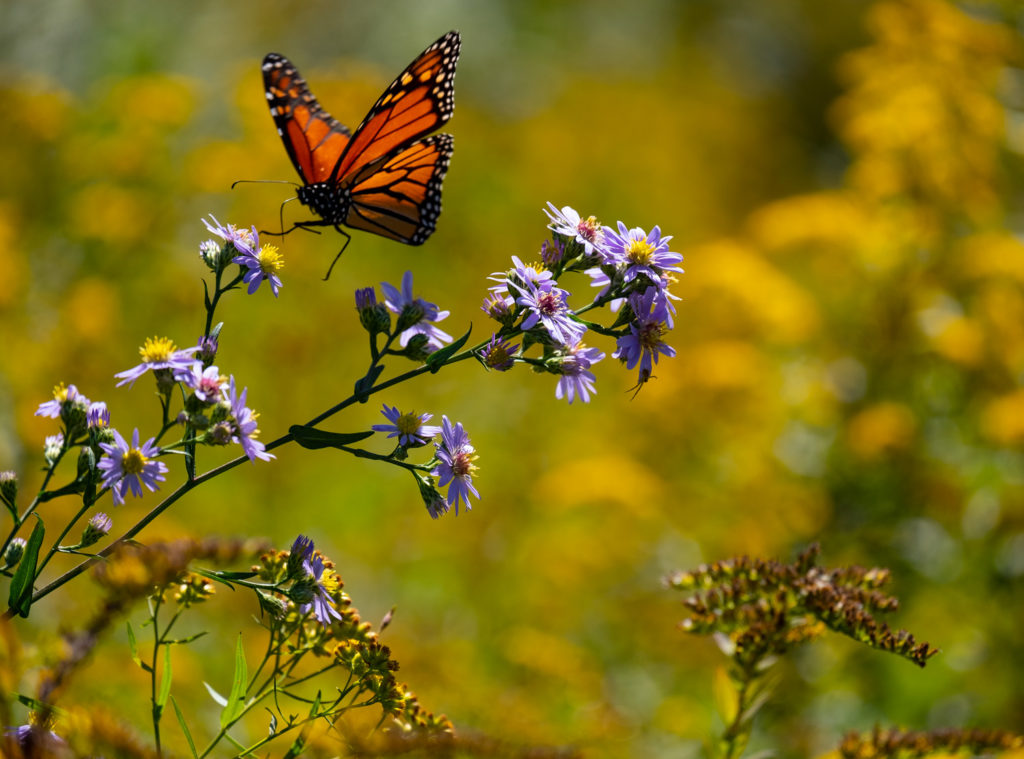
The rear LCD arrangement I think is a lost opportunity. I actually like the idea of the compact LCD display new camera settings, and sentimentally, the box label styled indicator of the film simulation. This is apparently Fujifilm’s little manipulation to keep us looking through the viewfinder and to minimize “chimping”, emphasizing traditional photography. I’m not sure that’s any of their business.
In my camera cabinet, I have a relic of the past, a Panasonic GH1. I keep it because it has an interesting color signature, and is capable of decent video. It has my favorite rear LCD of all time, a viewfinder capable of either being displayed on the back of the camera, viewed from above or below, or even from the front of the camera.
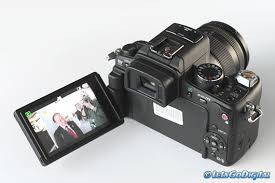
I especially like that it can be folded so the rear viewfinder is against the camera body and protected from scratches. To me, this style of
This new design however, is not that disruptive to my usual workflow as I tend to shoot through the viewfinder. It will likely be a problem for other potential buyers. It seems like an unforced error.
Fujifilm like everyone else struggles with the problem of upgrading current models that are already excellent. We do not have all the details of this new camera, but so far I’m not sure I’m going to upgrade my X Pro 2 which is a joy to shoot and is capable of capturing beautiful imagery.
I’d like to be wrong, however.
I hate to miss an unboxing.

